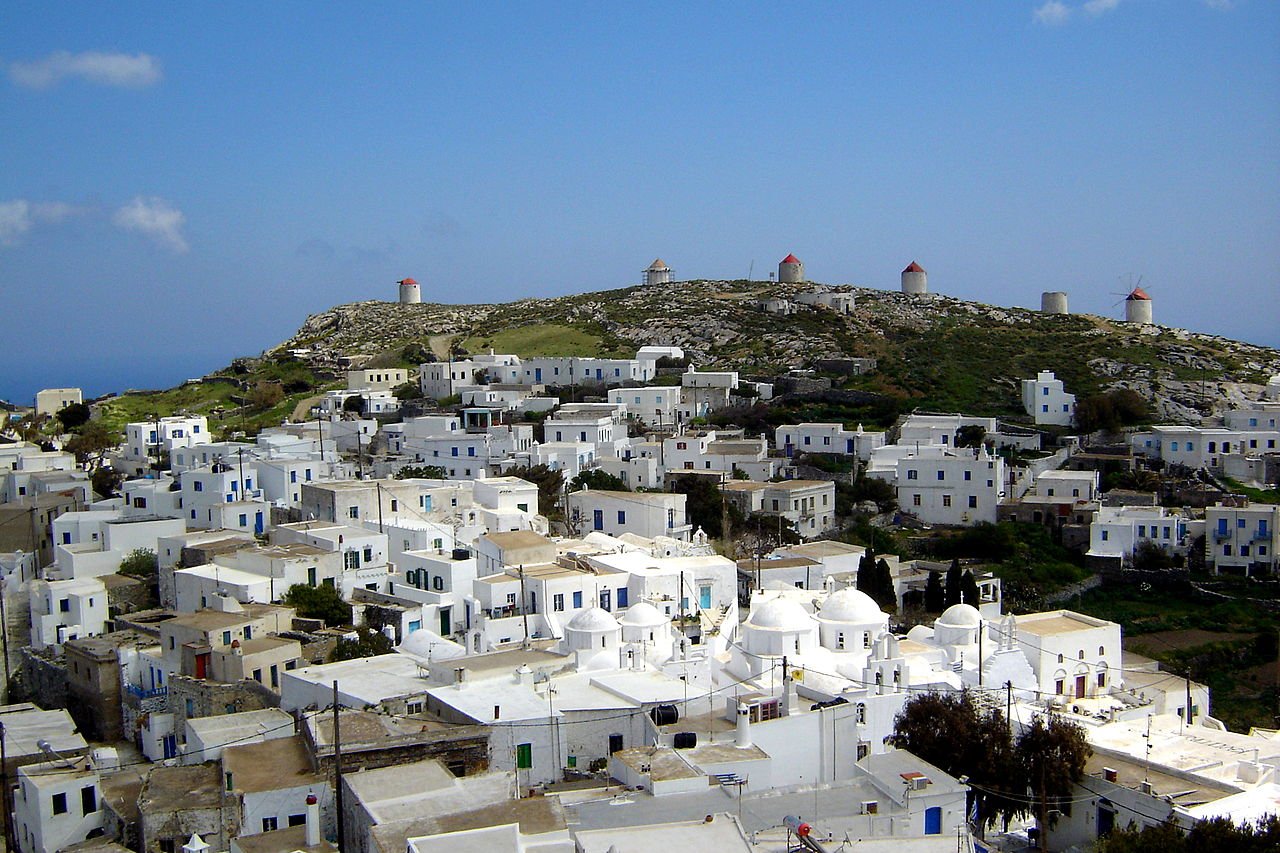
Amorgos, a gem of the Cyclades, is a beloved destination for tourists from across Europe, with French and Italian visitors leading the way.
The Cyclades’ easternmost island boasts marvelous beaches with azure waters, gorgeous caves, ideal spots for diving, scenic bays, and ancient footpaths leading through its steep rocky terrain.
It was there that the 1988 movie “Le Grand Bleu” ( The Big Blue) with Jean Reno was shot. The film became one of France’s most commercially successful films.
Amorgos sees a strong rebound in tourism
The island’s tourism season began with some challenges, as seismic activity earlier in the year, while not harming residents, impacted reservations, leading to a decline of up to 20 percent in May, June, and July. However, August has seen a strong rebound, with occupancy rates nearing 100 percent, and expectations are high for a successful September.
According to Popi Despotidis, the Deputy Mayor of Tourism for Amorgos, the island’s success is built on its authentic character. This includes family-run businesses, fair prices, and genuine hospitality. The local gastronomy, from roasted raki to the traditional patatato and xirotigana, is a central part of this experience.

Summer festivals on Amorgos
Despotidis notes that while the high cost of travel to the island can be a deterrent, a vibrant calendar of cultural events and festivals helps attract visitors. These include the pasteli festival in late August, the xirotigano festival in early September, and the roasted raki festival in July. The island is also a prime destination for nature lovers and hikers who prefer the cooler weather of September over the August heat. Diving schools also remain a popular draw for visitors from across Europe.
In response to the early season challenges, the municipality swiftly launched a crisis management plan, utilizing social media and organizing “fam trips” for foreign journalists. Despotidis emphasizes that Amorgos is a destination that requires time to explore, with at least five days recommended to fully appreciate its beauty.
The island’s small community of about 2,000 residents enjoys a full year of life, but the deputy mayor highlights a need for better healthcare. While the municipality provides incentives for doctors, such as housing and a living allowance, there is a particular need for a permanent pediatrician to serve the island’s more than 250 children.
Culturally, Amorgos is known for its stunning Chora, considered one of the most beautiful in the Cyclades, and the iconic monastery of Panagia Chozoviotissa, the island’s patron saint.

The island’s beaches offer affordable options for swimming, and its accommodation landscape is dominated by small, family-owned hotels rather than large luxury resorts. The deputy mayor proudly concludes that the island’s greatest asset is the hospitality and character of its people.
Related: Amorgos: The Greek Island of the Big Blue


